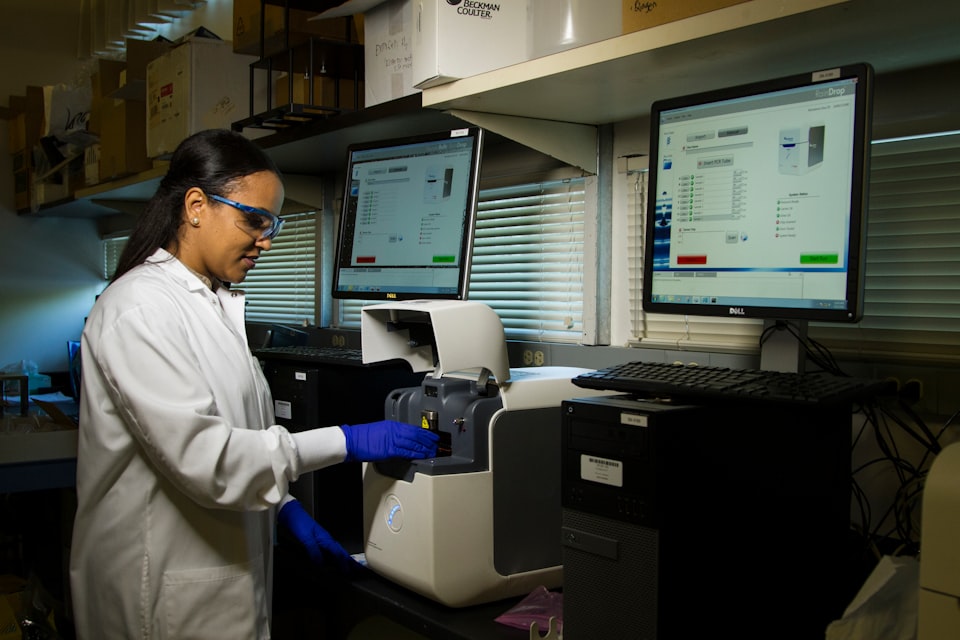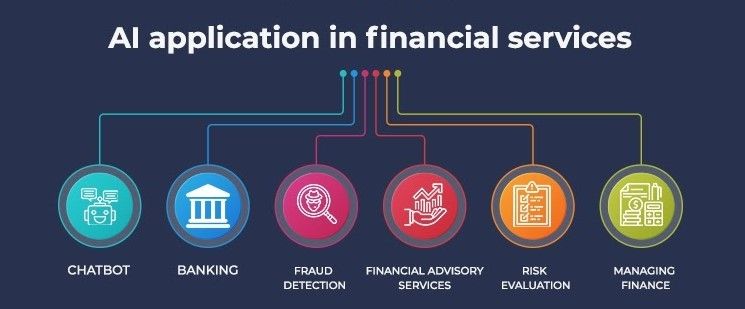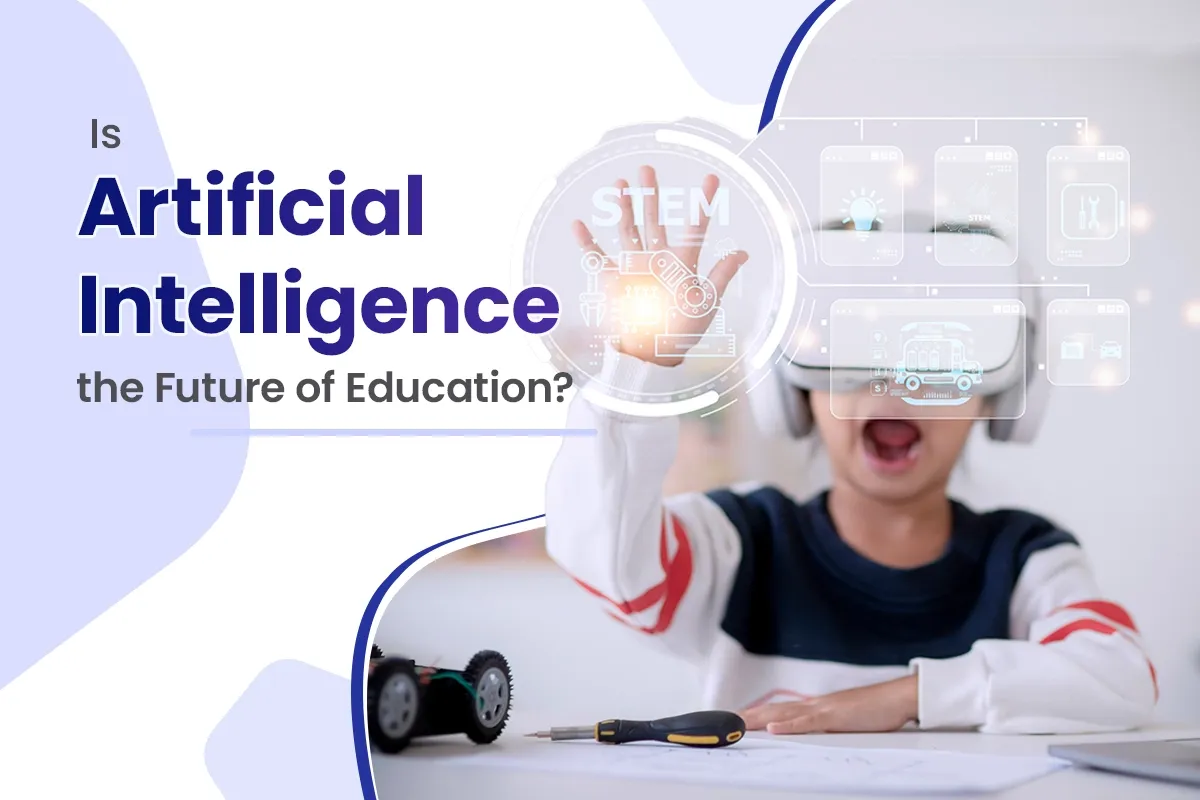Exploring the Latest Healthcare AI Technology Trends: What You Need to Know

Introduction
The healthcare industry has always been at the forefront of technological advancements, striving to enhance patient care, improve outcomes, and increase efficiency. In recent years, the integration of artificial intelligence (AI) into healthcare practices has brought about a new era of possibilities and opportunities. From telehealth revolutionizing healthcare delivery to the advancements in implants and 3D bioprinting, as well as the promises of nanomedicine, the latest healthcare AI technology trends are transforming the way we approach healthcare. In this comprehensive guide, we will explore these fascinating developments and shed light on what you need to know about these healthcare AI technology trends.
Telehealth Revolutionizes Healthcare Delivery
What is Telehealth?
Telehealth refers to the use of technology to provide remote healthcare services and facilitate communication between patients and healthcare providers. Through telehealth, patients can receive medical consultations, submit health data, and even receive diagnoses without visiting a physical clinic or hospital.
How AI Enhances Telehealth
Virtual Consultations and Remote Monitoring
Telehealth, powered by AI, enables virtual consultations between patients and healthcare professionals, eliminating the need for in-person visits in non-emergency situations. AI algorithms analyze patient symptoms, medical history, and available data to aid healthcare providers in making accurate diagnoses remotely. Additionally, AI-powered remote monitoring devices track vital signs and health data, allowing timely interventions and personalized care.
Efficiency and Accessibility
AI algorithms can analyze large amounts of patient data, electronic health records, and medical literature, empowering healthcare professionals with valuable insights for efficient decision-making. Telehealth, with the aid of AI, bridges the gap between patients and healthcare providers, making healthcare more accessible, particularly for individuals in remote areas or with limited mobility.
Improved Patient Outcomes
By harnessing AI, telehealth promotes early detection and intervention, leading to improved patient outcomes. AI algorithms can identify patterns and predict potential health issues, allowing healthcare providers to intervene promptly and improve overall patient care. The combination of AI and telehealth has the potential to revolutionize healthcare delivery, ensuring quality care is accessible to all.
The Advancement of Implants and 3D Bioprinting
Implants Revolutionize Medical Procedures
Implants have significantly transformed medical procedures, offering new possibilities for patients with various conditions. From artificial joints to pacemakers, these devices enhance patients' quality of life and contribute to their overall well-being.
Benefits of Implants
Implants provide numerous benefits, including pain relief, improved mobility, and enhanced functionality. Through the advancement of materials and design, implants can seamlessly integrate into the human body, mimicking natural structures and performing critical functions. As technology progresses, the potential applications of implants continue to expand, benefiting patients in various medical fields.
AI in Implant Design and Manufacturing
AI plays a crucial role in implant design and manufacturing processes. By utilizing AI algorithms to analyze patient-specific data, such as anatomical measurements and medical history, healthcare professionals can create personalized implants that fit precisely and optimize patient outcomes. Additionally, AI-powered manufacturing techniques enhance the efficiency and accuracy of producing implants, ensuring high-quality and reliable devices for patients.
3D Bioprinting and the Future of Organ Transplants
The Promising Field of 3D Bioprinting
3D bioprinting is an innovative technology that combines biological materials, cells, and biomaterials to fabricate functioning organs and tissues layer by layer. This groundbreaking field holds tremendous potential for addressing the organ transplant shortage and revolutionizing personalized medicine.
AI's Role in 3D Bioprinting
AI is instrumental in advancing 3D bioprinting. AI algorithms analyze vast amounts of biological data, including cell behavior and tissue engineering models, to optimize the bioprinting process. By understanding cellular behavior and interaction, AI enables the creation of functional organs and tissues with greater precision and enhanced compatibility. This technology brings hope to patients awaiting life-saving transplants and opens up endless possibilities for regenerative medicine.
Nanomedicine: The Future of Healthcare
Understanding Nanomedicine
Nanomedicine involves the application of nanotechnology for medical purposes, including diagnostics, drug delivery systems, and nanomaterials for medical devices. By harnessing the unique properties of nanoparticles, nanomedicine seeks to revolutionize healthcare at the molecular level.
AI in Nanomedicine Research and Development
Precision Medicine through Nanotechnology
AI complements nanomedicine by enabling precision medicine approaches. AI algorithms analyze large datasets, genetic information, and patient characteristics to develop personalized treatment plans tailored to individual needs. By integrating AI and nanotechnology, medical professionals can optimize drug delivery systems, improve treatment efficacy, and reduce adverse side effects.
Targeted Drug Delivery and Diagnostics
Nanomedicine, with the support of AI, opens up new possibilities for targeted drug delivery and diagnostics. Nanoparticles can be engineered to deliver drugs precisely to affected cells, reducing the dosage required and minimizing systemic side effects. AI algorithms aid in optimizing the design and effectiveness of these targeted drug delivery systems. Additionally, nanotechnology-based diagnostic tools leverage AI to detect diseases at an early stage with remarkable accuracy, allowing for timely interventions and improved patient outcomes.
Challenges and Ethical Considerations of Nanomedicine
As with any emerging field, nanomedicine poses its challenges and ethical considerations. Ensuring the safety and biocompatibility of nanoparticles, addressing regulatory concerns, and maintaining patient privacy are crucial aspects that need attention. Ethical considerations in the allocation of nanomedicine resources and potential disparities must also be part of the ongoing discourse to ensure equitable access and responsible implementation of this transformative technology.
End Line
The latest healthcare AI technology trends are undeniably shaping the future of healthcare delivery, patient care, and medical advancements. Telehealth, implants 3D bioprinting, and the promises of nanomedicine all bring about transformative changes that hold vast potential for improving patient outcomes and healthcare accessibility. By seamlessly integrating AI into these areas, healthcare professionals can provide personalized, efficient, and precise care to individuals worldwide. As these technologies continue to evolve, embracing the possibilities they offer is crucial to steering healthcare toward a brighter and more promising future.
Also Read...




